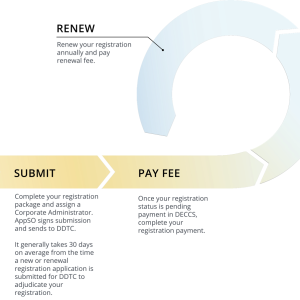Golden Dome Missile Defense System
The U.S. Department of Defense (DoD) has taken a pivotal step toward fortifying America’s homeland against growing missile threats, revealing its preliminary blueprint for a national missile defense concept dubbed the “Golden Dome.” The ambitious plan, still in its early development phase, envisions a multi-layered, integrated defense system capable of intercepting hypersonic glide vehicles, cruise missiles, and ballistic missile threats—a response to mounting concerns over technological advancements by near-peer adversaries.
What Is the Golden Dome Defense System?
The “Golden Dome” is not a single piece of hardware or program. Instead, it is a strategic architectural framework that aims to combine current and emerging missile defense capabilities to safeguard critical U.S. infrastructure and urban centers. Inspired in name by Israel’s Iron Dome, the Golden Dome represents a more complex and wide-reaching domestic solution suited for the unique geography and threat profile of the United States.
According to the Pentagon’s internal discussions, the concept integrates:
- Ground-Based Interceptors (GBI)
- Aegis Ashore and Aegis BMD systems
- Patriot and THAAD batteries
- Next-generation sensors and radars
- Directed energy and advanced electronic warfare systems
By weaving these technologies into a unified command-and-control infrastructure, the DoD aims to achieve real-time threat detection, tracking, and neutralization within seconds of launch.
Why Now? Evolving Threat Landscape
This strategic initiative comes at a time when the United States faces a dramatically evolving missile threat matrix. China and Russia continue to invest heavily in hypersonic weapons, while rogue states like North Korea and Iran persist in expanding their missile capabilities.
The recent deployment of hypersonic missiles by Russia in Ukraine and China’s successful testing of fractional orbital bombardment systems have only amplified concerns within the Pentagon and U.S. Strategic Command.
“We’re no longer talking about threats thousands of miles away,” said a senior DoD official. “We’re talking about capabilities that can strike deep into the American heartland with little warning. The Golden Dome is a necessary evolution.”
Key Stakeholders and Industry Partners
The initial architecture study has drawn expertise from across the U.S. defense ecosystem, including:
- U.S. Northern Command (USNORTHCOM)
- Missile Defense Agency (MDA)
- Northrop Grumman
- Lockheed Martin
- Raytheon Technologies
- MIT Lincoln Laboratory
Each brings specific domain experience—ranging from radar networks and interceptors to AI-based command and control systems—that will feed into the system’s development roadmap.
Integration With Existing Missile Defense Layers
Unlike standalone platforms, the Golden Dome seeks to synchronize existing military assets and leverage space-based ISR (intelligence, surveillance, reconnaissance) to provide early-warning capability. This includes integration with:
- Space Force sensor satellites
- F-35 and future sixth-gen fighters’ sensor fusion
- Joint All-Domain Command and Control (JADC2) initiatives
This systems-of-systems approach enables dynamic resource allocation and layered interception—critical for managing salvos of mixed projectile types, including decoys and maneuvering re-entry vehicles (MaRVs).
Challenges Ahead: Cost, Coordination, and Civilian Infrastructure
Despite its strategic promise, the Golden Dome project faces significant hurdles:
- High cost of full-scale deployment across CONUS (Continental U.S.)
- Inter-service and interagency coordination challenges
- Public concerns over militarization of civilian spaces
- Cybersecurity vulnerabilities in sensor networks and data fusion nodes
Funding and operationalization of this missile defense concept will likely feature prominently in the FY2026 National Defense Authorization Act (NDAA).
Implications for NATO and Allied Cooperation
As NATO countries revise their collective deterrence strategies, the U.S. Golden Dome architecture could serve as a model or hub for allied integration. Given the proliferation of long-range strike weapons, European and Indo-Pacific allies may seek interoperable defense zones tied into the U.S. system via secure data-sharing protocols.
“A domestic missile defense system with global reach enhances deterrence—not just for the U.S., but for the broader alliance structure,” said a former NATO strategic planner.
A New Era of Homeland Missile Defense
The Golden Dome defense concept represents a paradigm shift in the way the U.S. envisions homeland protection. As missile technologies continue to mature and proliferate, the urgency for a robust, layered, and adaptive missile defense system becomes undeniable.
While the concept remains in its infancy, the Pentagon’s initiation of this effort signals a serious institutional commitment to protecting American lives, assets, and sovereignty from the skies.








